For the culinary use of chickens, see Chicken as food. For other uses, see Chicken (disambiguation).
“Rooster” and “Roosters” redirect here. For other uses, see Rooster (disambiguation).
“Cockerel” redirects here. For the Fabergé egg, see Cockerel (Fabergé egg).
Buffalo wing
tandoori chicken
Chicken paprikash
Afritada
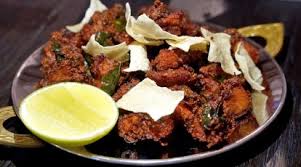
.01
Australorp
Around the same time that Orpingtons were being developed as a breed, Australorps were as well. Australians liked the black Orpingtons that were being brought over from England, and valued them for their egg laying ability. With maximum egg production in mind, Australians continued to develop their own distrinct breed.
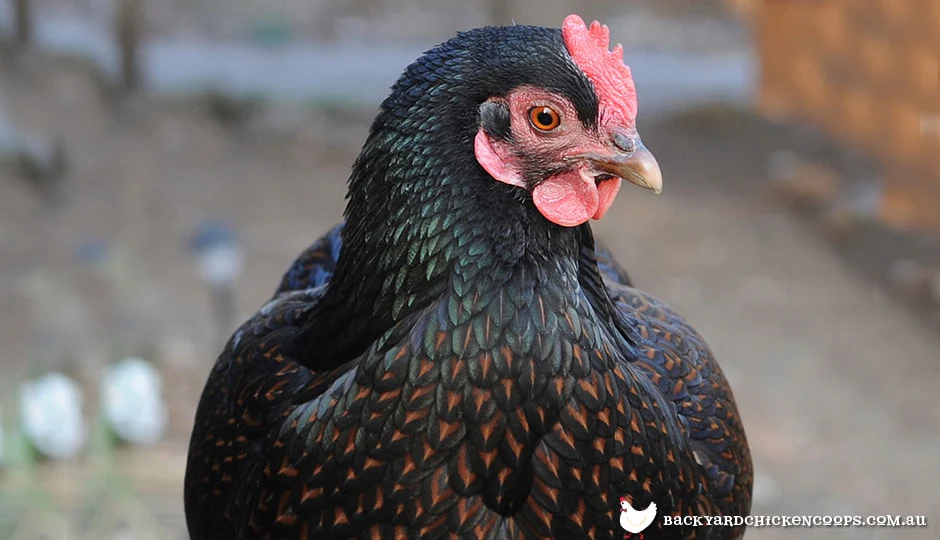
.02
Barnvelder
Barnvelders are named after the Dutch town of Barnveld. They are a medium sized, dual-purpose bird. They are hardy and make good foragers. They lay a 175–200 brown eggs per year, are good winter layers, and have a calm disposition.
The Barnevelder is a Dutch breed of domestic chicken. It resulted from cross-breeding between local Dutch chickens and various “Shanghai” birds imported from Asia to Europe in the later part of the nineteenth century; these may have been of Brahma, Cochin or Croad Langshan type.[1] It is named for the town and gemeente (municipality) of Barneveld, in Gelderland in the central Netherlands. The hens are good layers of large brown eggs and, unlike some other breeds, continue to lay well during winter.
The original and most well-known variety of this breed is the Double-laced pattern. They have beautiful plumage, with each feather having copper, black, and metallic green coloring. They make an excellent addition to a backyard flock, and are quite the colorful conversation piece.
- DISEASE 25%
- FERTILITY 89%
- IMMUNITY 50%

.03
Brahma chicken
There has been controversy and confusion over the origin of the Brahma.
It appears to have developed in the United States from large birds, with heavily feathered legs, imported in the 1840s from the Chinese port of Shanghai, and thus known as “Shanghai” birds.[4]: 78 The distinctive head shape and pea comb of the Brahma probably result from cross-breeding with Grey Chittagong birds of Malay type, imported from Chittagong in eastern Bengal (now Bangladesh); these characteristics distinguish the Brahma from the Cochin, which also derives from “Shanghai” birds.[5]
%
height
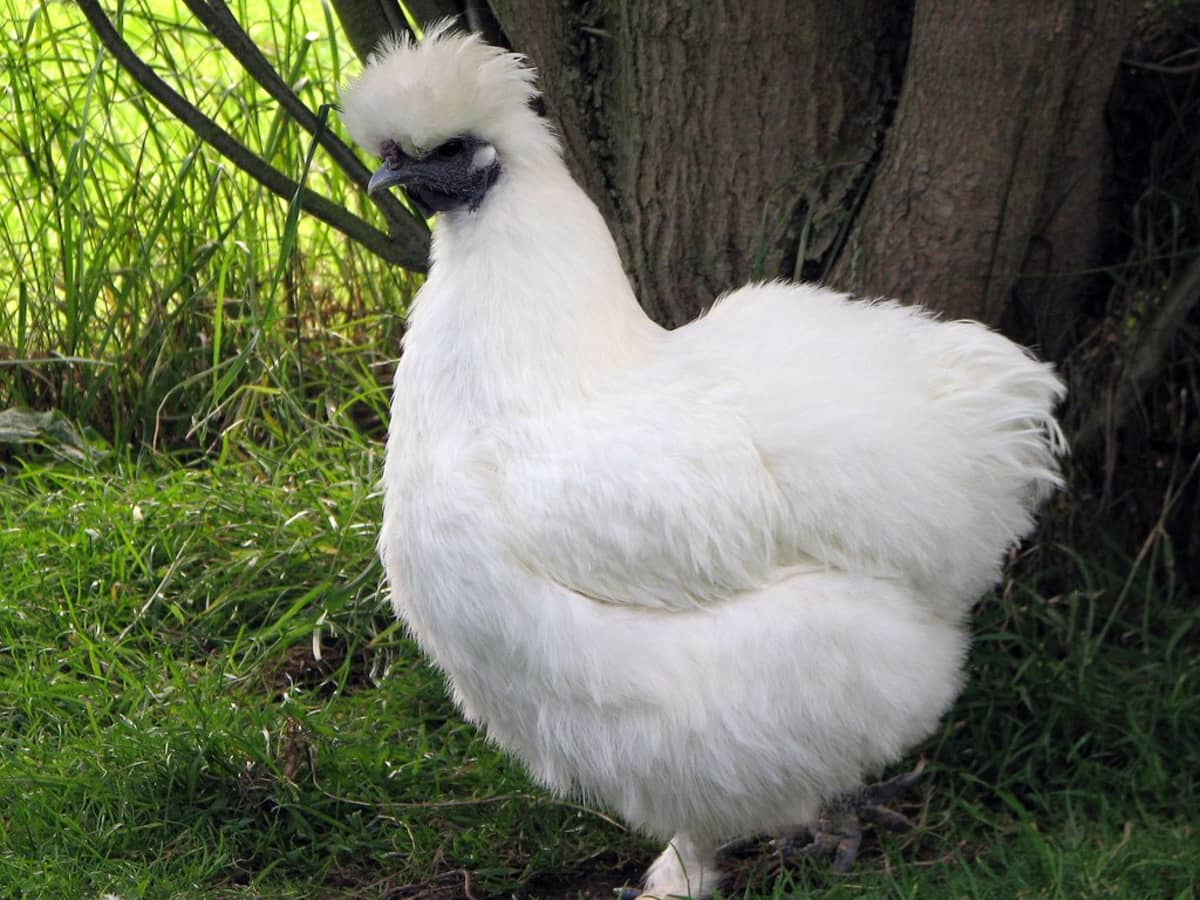
.04
Silkie
The Silkie (also known as the Silky or Chinese silk chicken) is a breed of chicken named for its atypically fluffy plumage, which is said to feel like silk and satin. The breed has several other unusual qualities, such as black skin and bones, blue earlobes, and five toes on each foot, whereas most chickens have only fou
They are often exhibited in poultry shows, and also appear in various colors. In addition to their distinctive physical characteristics, Silkies are well known for their calm and friendly temperament. It is among the most docile of poultry. Hens are also exceptionally broody, and care for young well.
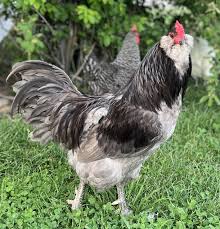
.05
Ameraucana
The Ameraucana is an American breed of domestic chicken. It was developed in the United States in the 1970s, and derives from Araucana chickens brought from Chile. It was bred to retain the blue-egg gene but eliminate the lethal alleles of the parent breed.
The Ameraucana is recognized in the United States as a separate breed from the Araucana. In some other countries, including Australia and the United Kingdom, both the tailed and rumpless variants of the Araucana are considered a single breed.
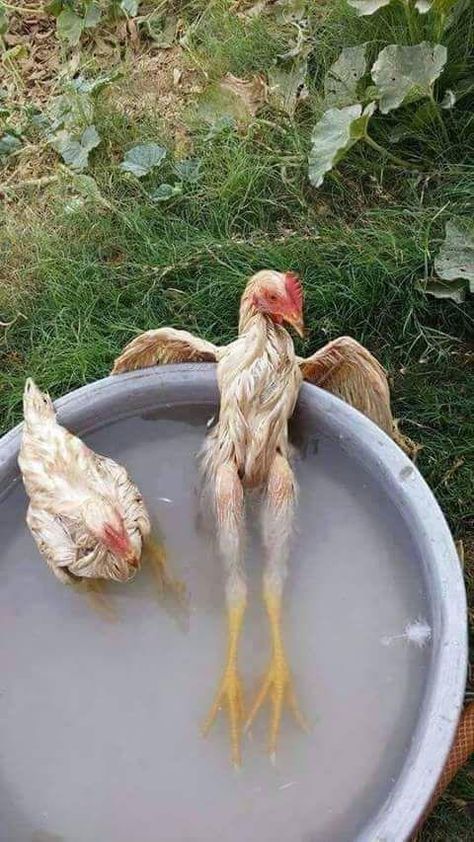







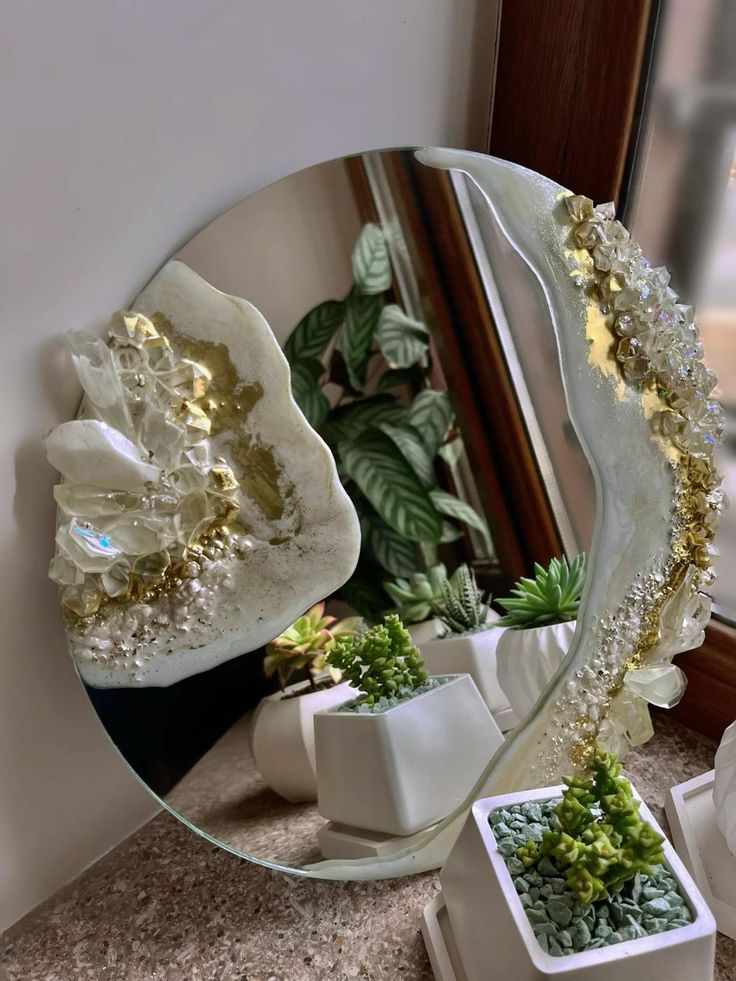



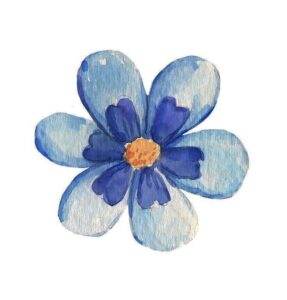 learn about over-art
learn about over-art